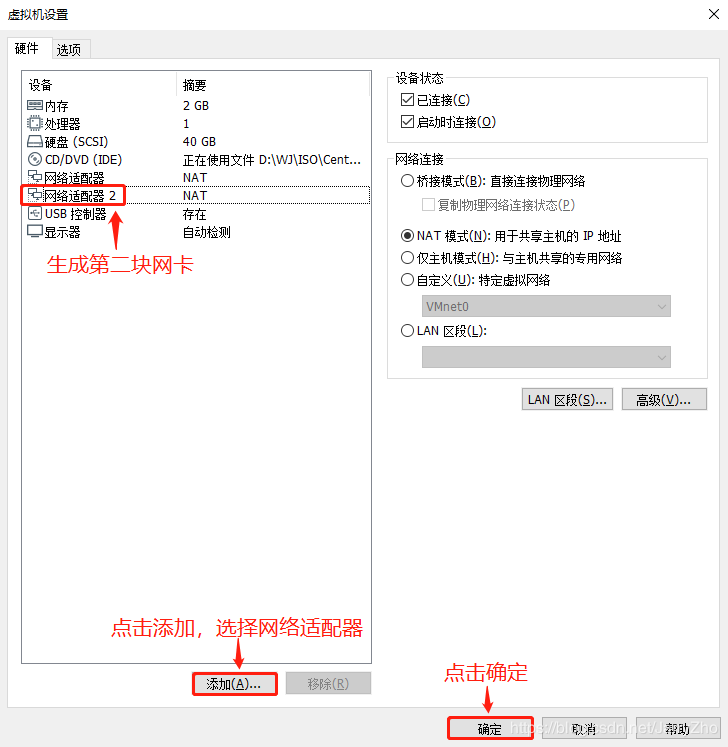Using Notepad++, open C:wampbinapacheApache2.2.11confextrahttpd-vhosts.conf.
You should see something very similar to this:
# Virtual Hosts
# If you want to maintain multiple domains/hostnames on your
# machine you can setup VirtualHost containers for them. Most configurations

# use only name-based virtual hosts so the server doesn't need to worry about
# IP addresses. This is indicated by the asterisks in the directives below.
Installing Apache Web Server. To get started, first update your CentOS 8 or RHEL 8 system package. Photoshop cc for mac cracked. Apache is a world’s most popular, cross platform HTTP web server that is commonly used in Linux and Unix platforms to deploy and run web applications or websites. Importantly, it’s easy to install and has a simple configuration.
# Please see the documentation at
# for further details before you try to setup virtual hosts.
# You may use the command line option '-S' to verify your virtual host
# Use name-based virtual hosting.
NameVirtualHost *:80
#
# Almost any Apache directive may go into a VirtualHost container.
# The first VirtualHost section is used for all requests that do not
# match a ServerName or ServerAlias in any <VirtualHost> block.
<VirtualHost *:80>
DocumentRoot 'C:/Program Files/Apache Software Foundation/Apache2.2/docs/dummy-host.localhost'
ServerAlias www.dummy-host.localhost
Https Hostname Wrong
CustomLog 'logs/dummy-host.localhost-access.log' common
ServerAdmin webmaster@dummy-host2.localhost
DocumentRoot 'C:/Program Files/Apache Software Foundation/Apache2.2/docs/dummy-host2.localhost'
ErrorLog 'logs/dummy-host2.localhost-error.log'
CustomLog 'logs/dummy-host2.localhost-access.log' common
What you want to do is add VirtualHost blocks that will point to your local websites. No need to be fancy here, just these two line blocks should do the trick. For esoteric reasons, it is recommended you keep the localhost block at the top of the line. By the way, these two liners seem to do just fine without quotation marks.
DocumentRoot C:/wamp/www/drupal-6.12
</VirtualHost>
<VirtualHost *:80>
ServerName www.mysite1.com
DocumentRoot C:/wamp/www/drupal-6.12
</VirtualHost>
<VirtualHost *:80>
ServerName www.mysite3.com
# Virtual Hosts

# If you want to maintain multiple domains/hostnames on your
# machine you can setup VirtualHost containers for them. Most configurations
# use only name-based virtual hosts so the server doesn't need to worry about
# IP addresses. This is indicated by the asterisks in the directives below.
# Please see the documentation at
# for further details before you try to setup virtual hosts.
# You may use the command line option '-S' to verify your virtual host
# Use name-based virtual hosting.
NameVirtualHost *:80
#
# Almost any Apache directive may go into a VirtualHost container.
# The first VirtualHost section is used for all requests that do not
# match a ServerName or ServerAlias in any <VirtualHost> block.
ServerName localhost
DocumentRoot C:/wamp/www/drupal-6.12
</VirtualHost>
<VirtualHost *:80>
ServerName www.mysite2.com
DocumentRoot C:/wamp/www/drupal-6.12
</VirtualHost>
I once copied a set of blocks that look very similar to these VirtualHost blocks from the Drupal site. I did not notice that the closing tags were missing a forward slash. Guess what? The blocks did not work and it took me quite a few hours to recognize what was right under my nose. Copy and paste if you must, but try to understand what's going on at the same time. That's my advice.
At this point you may be wondering where mysite1, mysite2 and mysite3 may be located in your directory structure.
It's like this:
Look for the following notes in the default settings file at C:wampwwwdrupal-6.12sitesdefaultdefault.settings.php:
* The configuration file to be loaded is based upon the rules below.
* The configuration directory will be discovered by stripping the
* website's hostname from left to right and pathname from right to
* left. The first configuration file found will be used and any
* others will be ignored. If no other configuration file is found
* then the default configuration file at 'sites/default' will be used.
Httpd Hosts
* For example, for a fictitious site installed at
* http://www.drupal.org/mysite/test/, the 'settings.php'
*
* 2. sites/drupal.org.mysite.test

*

* 5. sites/drupal.org.mysite
*
* 8. sites/drupal.org
*
It is important to understand these comments in order to be able to properly set up a multisite Drupal environment. Once you begin to step through the Drupal files, starting with index.php, using the Eclipse debugger, things will become clearer. I promise.
How to set up a multisite Drupal environment that can be debugged using Eclipse and Xdebug on a Vista 64 bit platform >
